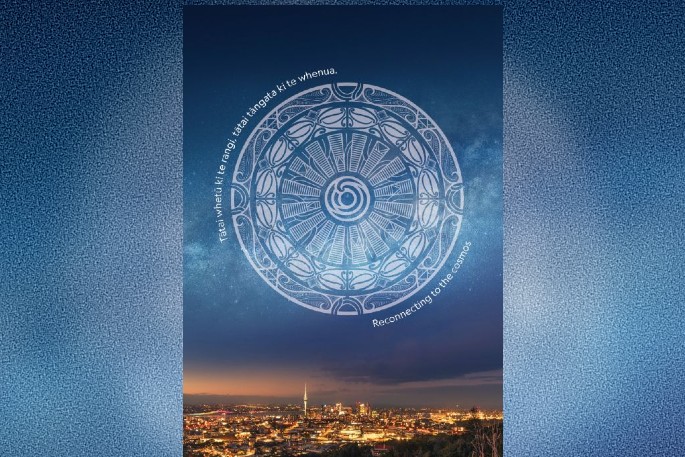This Content Is Only For Subscribers
At the first light of dawn on Monday, August 18, Auckland’s Stardome unveiled its new name: Te Whatu Stardome, in a special ceremony held in partnership with mana whenua, Ngāti Whātua Ōrākei, on Maungakiekie.
The renaming marks a major milestone in Stardome’s five-year strategic journey to embrace biculturalism and embed mātauranga Māori into every part of its work. It reflects a bold new direction for the observatory as it deepens its commitment to Te Tiriti o Waitangi, honours its role as leaseholder on this sacred maunga, and shows how Indigenous knowledge and cosmological science can walk hand in hand to educate and inspire.
“Te Whatu is more than a name — it’s a commitment,” says Stardome chief executive Kelly Bewley. “It invites us to honour the knowledge systems that have long guided people across land and sea, and to create a space where Indigenous perspectives and scientific exploration sit side by side. This is about how we see the universe — and how we see each other.”
Te Whatu links the concept of ‘the eye’ to the phases of the maramataka, the cycle of life death and renewal within the cosmos and on Earth, planetary orbit, and has physical connections to an aerial view looking down upon Maungakiekie, and the telescope dome on the roof of Stardome itself.
The new visual identity and tohu were created by artist Graham Tipene (Ngāti Whātua, Ngāti Kahu, Ngāti Hine, Ngāti Haua, Ngāti Manu), whose work across Tāmaki Makaurau is known for seamlessly weaving Māori values into the built environment. The design draws on the puhoro pattern, a motif that represents movement, water, and navigation. The symbolism of the puhoro acknowledges waka journeys guided by the stars and the twin harbours visible from the summit of Maungakiekie.
Te Whatu Stardome is now one of only a handful of planetariums in the world to carry a name that reflects a meaningful and ongoing partnership with Indigenous knowledge systems. Other examples include the Imiloa Astronomy Center in Hawai‘i, which means “exploring new knowledge”; the Waasa Debaabing Observatory in Ontario, Canada, meaning “seeing far”; and the Rapanui Planetarium on Easter Island, whose name translates to “Eyes that Look to the Heavens”.
From its home on Maungakiekie, Te Whatu Stardome stands proudly as a bicultural organisation delivering inspiring, relevant experiences that reflect many ways of knowing.
Visitors will be invited to explore the cosmos through a variety of lenses – from the maramataka to modern astrophysics, from traditional navigation to cutting-edge telescope technology, creating connections between people, the planet, and the universe.



